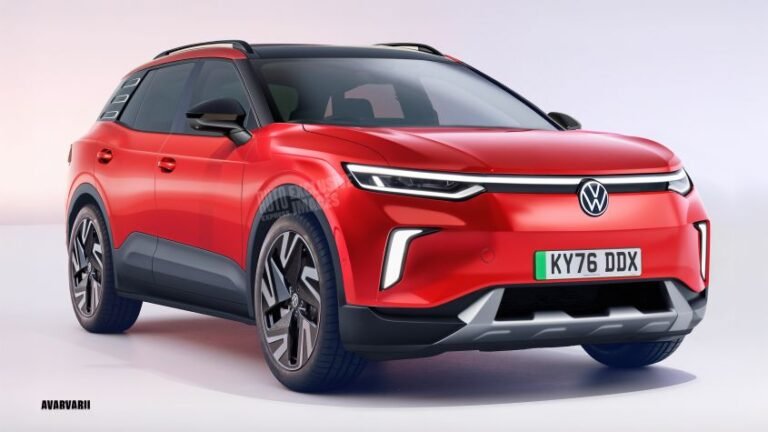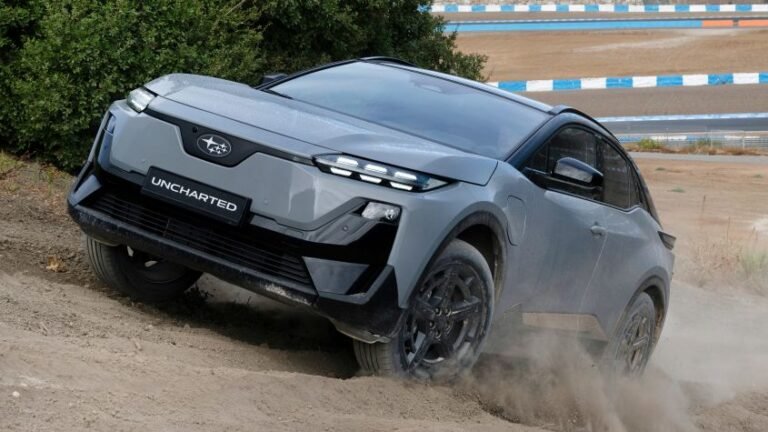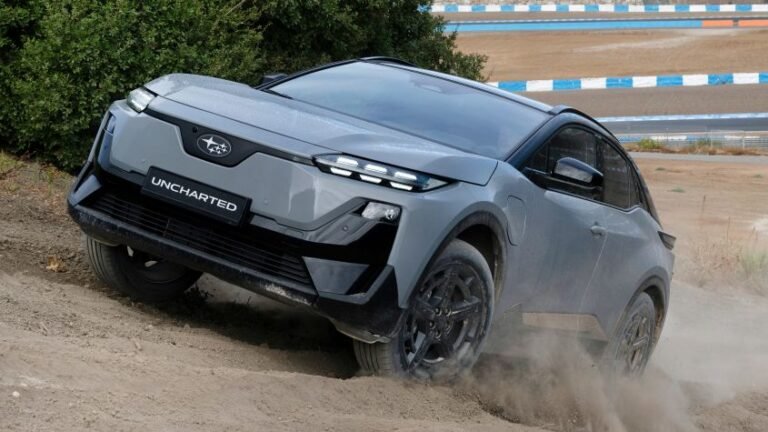A sales surge or staying power?
With the $7,500 federal EV rebate ending, a small jump in electrified sales last month shouldn’t surprise anyone. Ford, for example, enjoyed its best quarter ever for electrified vehicles, moving nearly 86,000 EVs and hybrids. GM, too, set a sales record, selling almost 67,000 EVs. Even the new school enjoyed healthy sales boosts. Aside from Lucid, which posted a 47% sales increase relative to last year, Rivian was the big winner. The still fledgling brand enjoyed a 32% sales surge in Q3 2025, selling 13,201 units compared to the 10,018 units last year.
This brings to the forefront a question everyone’s asking: where does the brand go next? Despite the incredible sales jump, Rivian clearly anticipates a sales shock in Q4. The brand is adjusting sales forecasts to between 41,500 and 43,500 vehicles for the year, a small adjustment from its previous estimates of between 40,000 and 46,000 vehicles. What’s more, shares of the shock fell 7% after the brand’s announcement, despite its lucrative third quarter. As of this writing, the stock has continued to fall, down 19% from its one-month high of $15.79 per share. The EV manufacturer may be down, but it isn’t out.
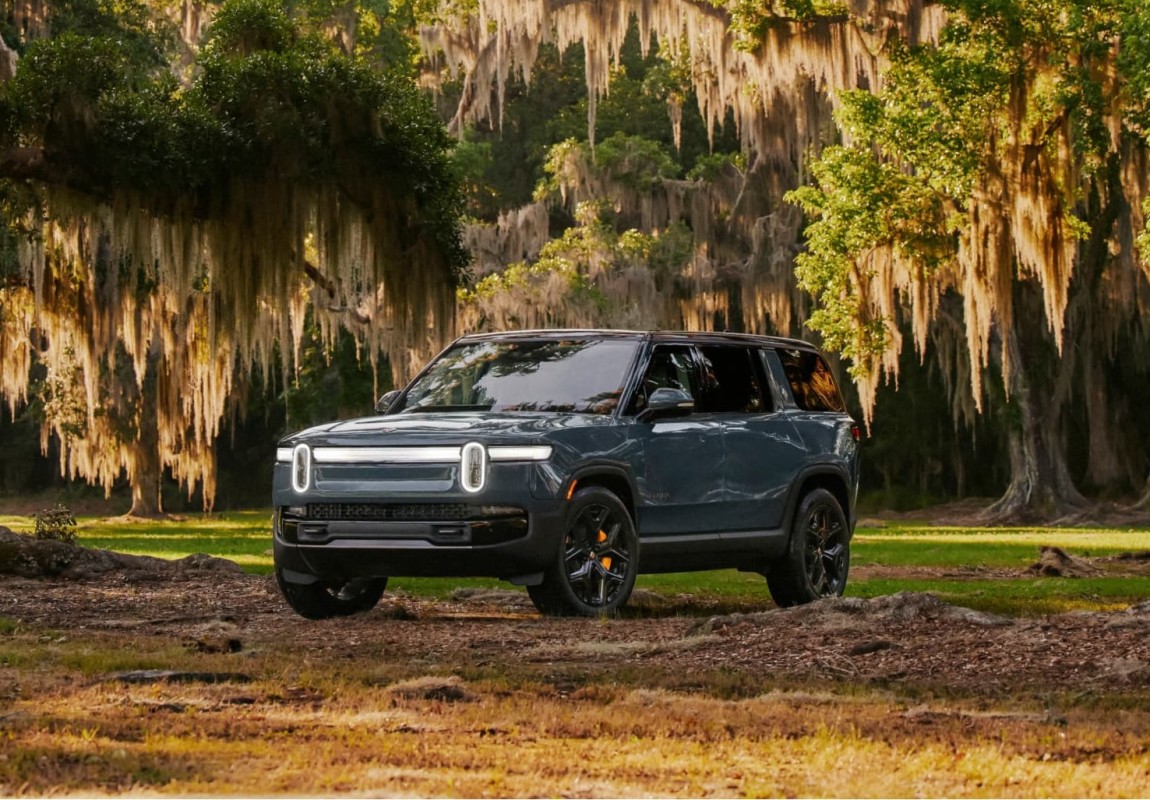
Rivian
It’s not all gloom and doom; Rivian might be in a better spot than you realize
While Rivian loses a substantial income stream as sales of regulatory credits evaporate, there’s some silver lining. For one, around half of Rivian’s offerings start above the $80,000 MSRP limit that the federal EV rebate demanded. Even though lessees could still navigate around that in the past via the “pass through” of a commercial EV rebate, data suggests that while Rivian mostly keeps pace with the overall EV leasing trend, the brand does outperform some rivals. Around 30% of Rivian’s R1S customers paid cash or financed their vehicle rather than leased in Q2 2025 — proving that at least some customers aren’t concerned with the possibility of $7,500 in savings and are rather committed to the brand. While Rivian will obviously sell fewer vehicles, the brand’s positioning in the luxury segment could bolster its resiliency relative to more economy-minded EVs.
Rivian R2 Eric Anderson/Rivian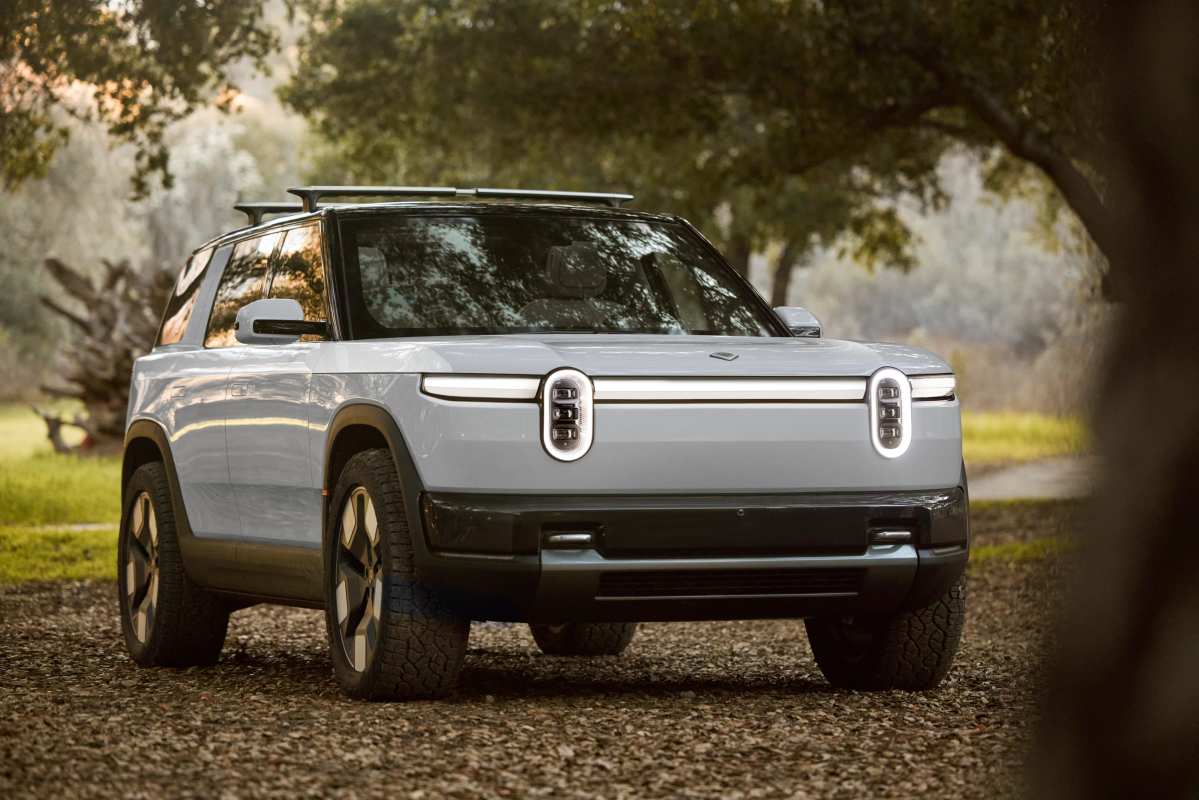
Furthermore, Rivian has other income streams that will continue to pay out as the EV market slumps. For one, the brand still produces delivery vans for Amazon. In Q4 2024, Rivian partnered with Volkswagen Group Technology, cementing a $5.8 billion deal comprising software and architecture sharing between the two brands. In January, Rivian closed the $6.6 billion loan secured from the U.S. Department of Energy. Lastly —and arguably most importantly —Rivian has an exciting new product pipeline, including the much-anticipated Rivian R2 midsize SUV in “early 2026” and the R3 crossover later on. With an estimated start price of $45,000 as of this writing, the R2 is Rivian’s cheapest model to date by a long shot.
Final thoughts
Rivian’s solid Q3 sales show that people want what the brand is selling. With an encouraging roadmap — there’s no substitute for an exciting product portfolio, after all — and established income streams, Rivian is in a good spot to weather the storm, even if that means “surviving” rather than “thriving.” If the R2 is as good as Rivian claims it will be, and pricing remains where it is today, there’s a way through the labyrinth that electric automakers call the current automotive landscape. But only time will tell.
